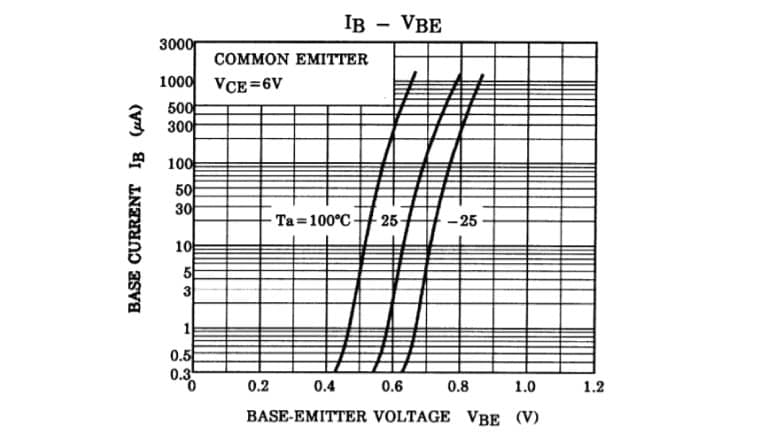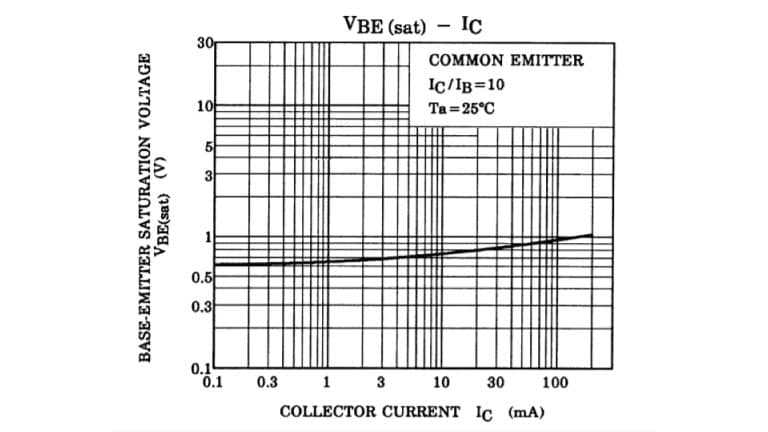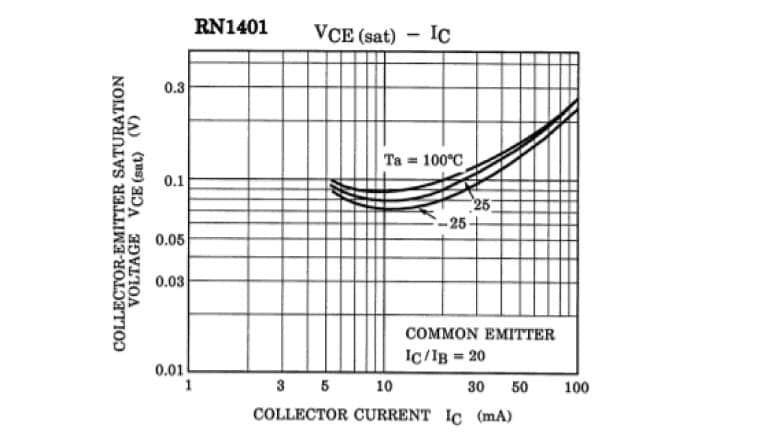- 半導體首頁
-
應用Automotive
Body Electronics
xEV
In-Vehicle Infotainment
Advanced Driver-Assistance Systems (ADAS)
Chassis
IndustrialInfrastructure
BEMS/HEMS
Factory Automation
Commercial Equipment
Consumer/PersonalIoT Equipment
Healthcare
Wearable Device
Mobile
Computer Peripherals
-
產品車用元件
Discrete Semiconductor
Diodes
電晶體
通用邏輯IC
Analog Devices
Digital Devices
Wireless Devices
※
: Products list (parametric search)
功率半導體※
: Products list (parametric search)
隔離器/固態繼電器Photocouplers
Digital Isolators
※
: Products list (parametric search)
MOSFETsIGBTs/IEGTs雙極性電晶體※
: Products list (parametric search)
Diodes※
: Products list (parametric search)
微控制器馬達驅動 ICs智能功率 ICs※
: Products list (parametric search)
電源管理 ICs線性 ICs※
: Products list (parametric search)
通用邏輯 ICs線性影像感測器其他產品其他產品
※
: Products list (parametric search)
-
開發/設計支援
開發 / 設計支援
-
技術知識
- 購買管道
- 型號 & 關鍵字搜尋
- 交叉搜尋
- 參數搜尋
- 線上庫存查詢跟購買
This webpage doesn't work with Internet Explorer. Please use the latest version of Google Chrome, Microsoft Edge, Mozilla Firefox or Safari.
型號需要超過三個文字以上 Search for multiple part numbers fromhere.
The information presented in this cross reference is based on TOSHIBA's selection criteria and should be treated as a suggestion only. Please carefully review the latest versions of all relevant information on the TOSHIBA products, including without limitation data sheets and validate all operating parameters of the TOSHIBA products to ensure that the suggested TOSHIBA products are truly compatible with your design and application.Please note that this cross reference is based on TOSHIBA's estimate of compatibility with other manufacturers' products, based on other manufacturers' published data, at the time the data was collected.TOSHIBA is not responsible for any incorrect or incomplete information. Information is subject to change at any time without notice.
型號需要超過三個文字以上
How does a bias resistor built-in transistor (BRT) operate?
The following describes how a BRT operates when voltage (VI) is applied to the B terminal in the “off” state to turn on the BRT in the saturation region.
The VI voltage is gradually increased.
1. The internal transistor (Q) is off.
When VI is applied to the B terminal when Q is off, current flows only through the built-in bias resistors, R1 and R2.
Therefore, a voltage divided by R1 and R2 is applied to the base (b) of Q (Vb = R2 / ( R1 + R2 )).
2. Q turns on.
When Vb reaches roughly 0.5 V, base current (Ib) begins to flow, turning on Q, as indicated by the IB - VBE curve (Figure 2). This causes collector current, which is Ib times hFE, to flow. At this point in time, Q is still in the active region, not in the saturation region. Therefore, its hFE is 120 to 700, as is the case with the hFE of general-purpose transistors (such as the 2SC2712).
As VI further increases, Vbe increases, causing IC to increase exponentially as shown in Figure 2.
In practice, however, the base voltage (Vb) hardly increases with VI. VBE varies only between 0.6 V and 1.0 V at an ambient temperature of 25°C as shown in Figure 3. Therefore, the base voltage is often treated as being constant in a simplified calculation. Here, let’s assume that VBE = 0.7 V.
Ib is expressed as:
Ib = IB – IR2 = ( VI – Vbe ) / R1 – Vbe / R2
As Ib increases, the collector current (IC) increases proportionally.
Let the collector-emitter (C-E) voltage in the basic BRT circuit of Figure 1 be VCE. Then:
VCE = VCC – RL * IC
As IC increases further , VCE decreases, causing the BRT to enter the saturation region.
3. Q enters the saturation region.
As VCE decreases, the transistor (Q) enters the saturation region.
(There is no clear definition of the saturation region. Toshiba regards the region in which hFE ≤ 20 as the saturation region*.)
An increase in Ib causes IC to increase, causing a voltage drop across RL to increase and therefore VCE to approach the GND level.
That is, Q traces the IC – VCE curve (Figure 4) from #2 to #3. Eventually, VCE becomes nearly zero.
Figure 5 shows the VCE(sat) – IC curves of an actual BRT.
Let the collector-emitter voltage in the saturation region be VCE(sat). Then,
IC = ( VCC – VCE(sat) ) / RL = constant
As VI increases, IB increases, but IC remains almost constant. Therefore, hFE decreases as VI increases.
* The saturation region is sometimes defined as a region where the sign of VBC is opposite to that in the active region.
-operate_1_en.jpg)





